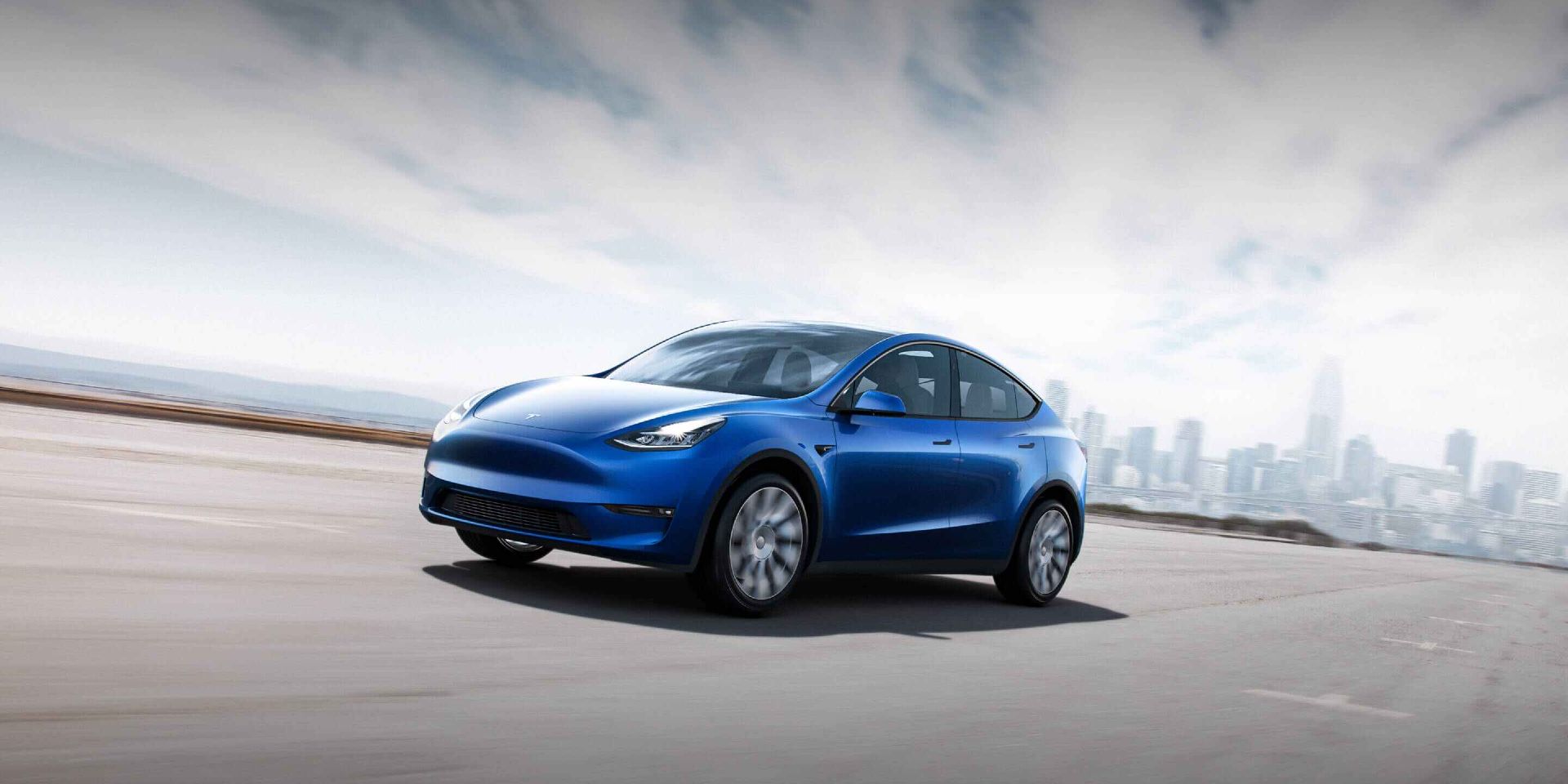Tesla set new quarterly records for both vehicle production and deliveries in the first three months of 2021, beating analysts predictions in the process. The figures lend weight to the claim by company CEO Elon Musk that Tesla could be the biggest company in the world within a matter of months. They also offer an upbeat distraction from some less positive press that has been circulating of late.
On production and delivery figures alone, Tesla has been going from strength to strength. It began 2020 with Q1 production of 102,672 units and deliveries of 88,400 before having to shut down production to deal with the COVID-19 pandemic. Despite that, it went on to all but hit its ambitious target of 500,000 vehicle deliveries worldwide for the year. While Tesla has kicked on in 2021, it’s also had the safety of its Full Self-Driving Capability questioned, an investigation opened into why one of its vehicles crashed into a parked police cruiser while using Autopilot, and privacy concerns raised about its in-car cameras.
The release of these Q1 2020 figures will be far more gratifying, with 180,338 vehicles having rolled off the production line and 184,800 having been delivered to customers. The next closest quarter was Q4 2020, which saw production of 179,757 and 180,570 deliveries made. No other quarters in Tesla’s history come close. From a year-on-year perspective, the figures represent a 75-percent growth in Q1 units produced while deliveries have more than doubled. Tesla also says it’s been “encouraged by the strong reception of the Model Y in China” and that “the new Model S and Model X have also been exceptionally well received.”
Will Tesla Continue To Grow?

In a word, yes. As shown by these figures, Tesla’s worldwide capacity is growing and 2021 will doubtless be a record year by some distance. Its positivity about China alone — having made its first deliveries there at the start of last year — is significant as the country represents a major new market and one that will develop, assuming Tesla’s ban from Chinese military sites doesn’t snowball.
However, aside from ramping up production at and deliveries from its existing plants, Tesla is also planning or building a number of other factories around the world. Construction is ongoing at sites in Texas and Berlin, with numerous others thought to be planned. This will all vastly increase Tesla’s production and delivery capacity and no doubt plays a part in Musk’s claim that Tesla could hit 20 million vehicle sales a year “probably before 2030.”




